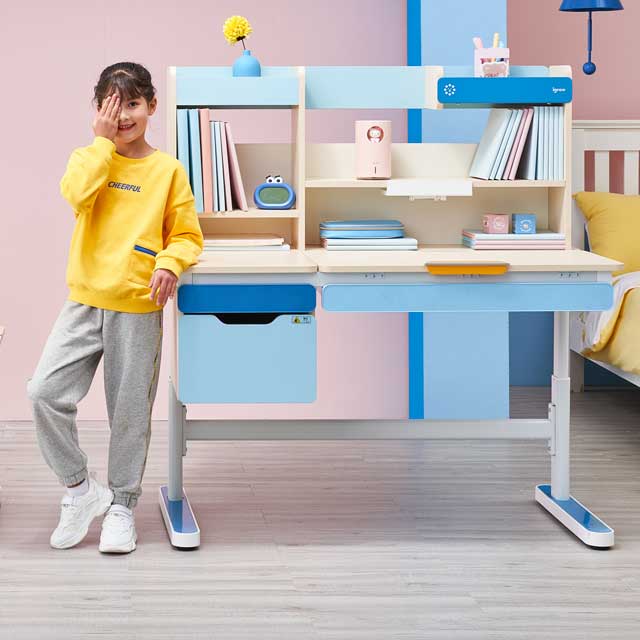We are an enterprise specializing in the production of teaching equipment. The company integrates scientific research, design, production, sales and service. It has all-steel experimental equipment production lines, plastic spray lines, wooden school furniture production lines, etc., to provide our customers with high-quality products. The company has a full set of bidding documents, which can fully meet the needs. The company's products have obtained a number of industry certifications, such as ISO9001 quality system certification, 18001 occupational health and safety standard certification, ISO14001 environmental management system certification, China Environmental Labeling Product Certification, China Environmental Protection Product Certification, China Brand Samsung Certification, China After-sales Service Samsung Certification, China Educational Equipment Industry Association. The company has 6 sets of complete production lines and 30 sets of professional production equipment, such as professional laser cutting machine, automatic robot welding, automatic spraying assembly line, automatic CNC pipe bending machine, automatic CNC punching machine, automatic electronic board machine, full automatic Automatic PVC edge banding machine and other equipment.

kids study desk and chair, study table and chair,Work table and chair,Children's homework table
Igrow Technology Co.,LTD , https://www.igrowdesks.com